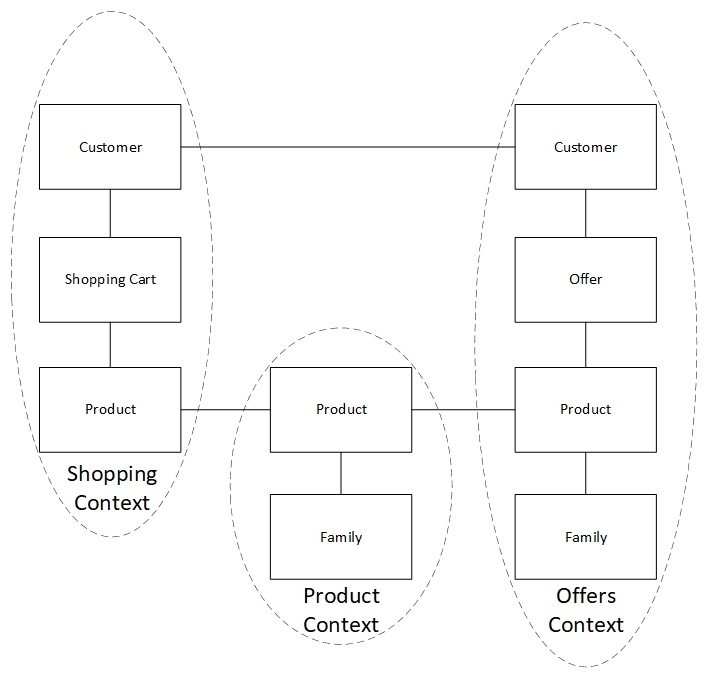Using Domain-Driven Design (DDD) in our microservices will help us meet our microservices principles, but DDD will also help organize our products teams in ways that will benefit the value that we give from this type of architecture. But first, we need to understand what DDD actually is, and how we could apply it to create a clean architecture.
-
Book Overview & Buying

-
Table Of Contents
-
Feedback & Rating

Hands-On Microservices with Kotlin
By :

Hands-On Microservices with Kotlin
By:
Overview of this book
 Free Chapter
Free Chapter


